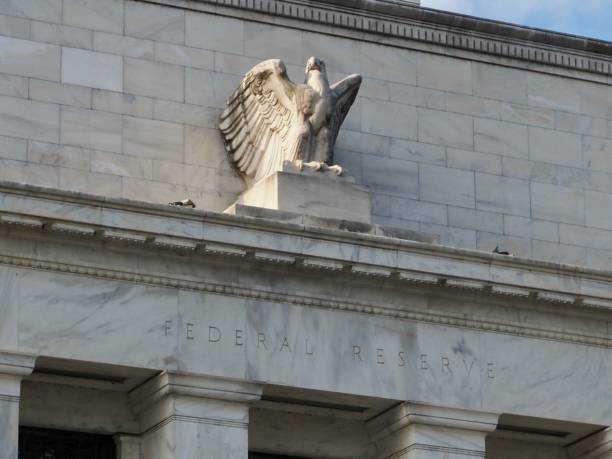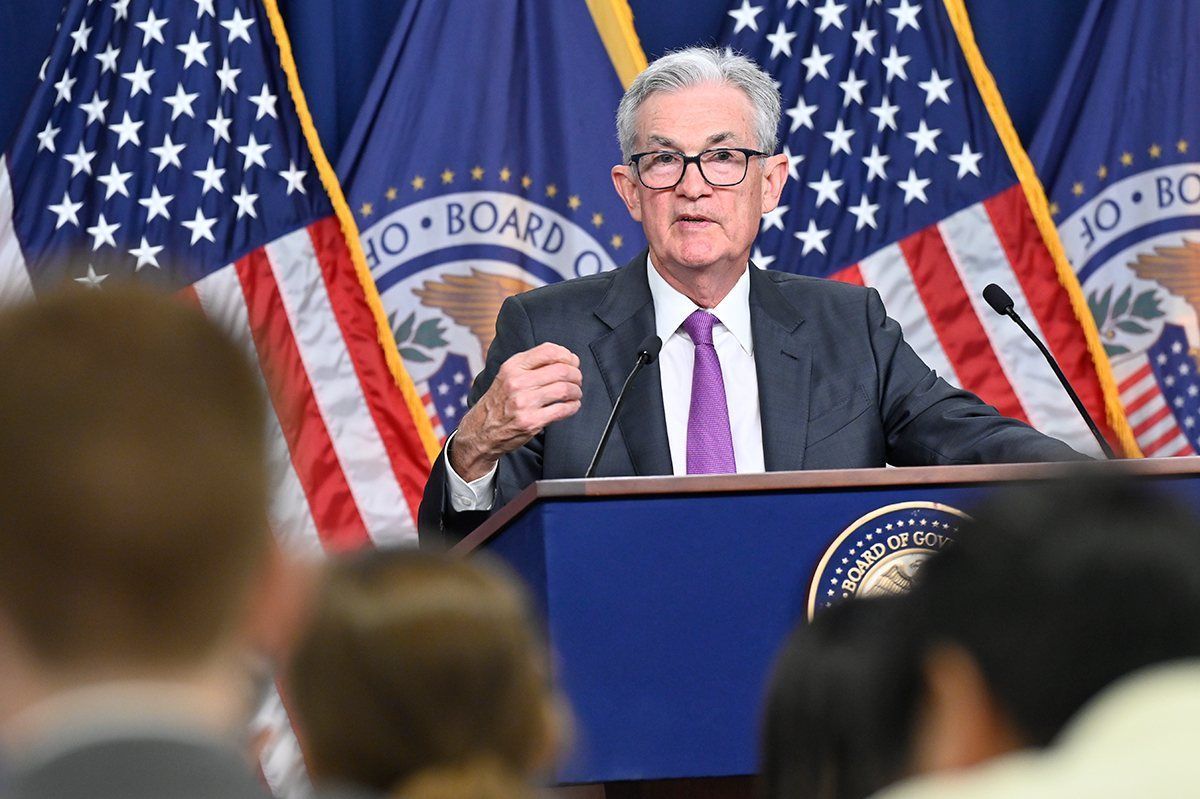Wall Street strategists rush to adjust Fed calls after a weak jobs report

The latest Non-Farm Payrolls (NFP) report revealed a gain of 114,000 jobs in the past month, falling short of economists' expectations and sending stocks lower.
The figure indicates a slowdown in job creation compared to previous months, raising concerns about the strength of the labor market.
Additionally, the unemployment rate ticked up to 4.3%, marking an increase that suggests a cooling job market. The combination of fewer jobs added, and a rising unemployment rate has sparked worries about potential economic deceleration.
In response to the disappointing NFP numbers, stock markets experienced a notable decline, with the Nasdaq down more than 3%, the S&P 500 declining over 2%, and the Dow down around 1.5% at the time of writing.
Investors reacted swiftly to the weaker-than-expected employment data, fearing it could signal broader economic challenges ahead. The drop in stock prices reflects heightened anxiety about the future pace of economic growth.
What analysts are saying after NFP
BofA: Bank of America (NYSE:BAC) said in its note reacting to the report that the “softer-than-expected July employment report on the heels of other soft data like the ISM manufacturing report helps to lock-in a rate cut in September.”
“That said, we continue to project a gradual pace of easing,” they added. “In making this change, we also reduce our outlook for the terminal rate in the upcoming normalization cycle. We reduce it by 25bp to 3.25-3.5%. If the economy is cooling faster than we or the Fed anticipated, then it would point to a lower need for a higher-for-longer policy stance.”
Evercore ISI: Evercore said the NFP number came in significantly weaker than it had expected. “The labor data is now in the driving seat,” said the firm. “Following this report we think the Fed will cut at least three times in 2024 – September, November and December – in a more front-loaded effort to secure the soft landing.”
Furthermore, they think it is now realistic to expect the first move to be a 50bp cut in September. “We reiterate [that] if the Fed ever did see evidence that the labor market is cracking, it would go fast and hard, cutting by 200-250bp by year-end,” they concluded.
Jefferies: The firm said the data gives the Fed an opening to cut in September. “We are adjusting our call to reflect a 25 bp cut in September and another one following in December. Past that, we think the Fed has to slide into ‘wait and see’ mode,” said Jefferies.
The firm continues to believe that pricing in more than two cuts before December 2024 and more than four total cuts before December 2025 is a bet on a recession, and they “do not think that there's any evidence that a recession is imminent.”
Piper Sandler: “To us, this suggests that we’ve hit the mark where lower rates no longer a bullish catalyst for stocks,” said analysts at Piper Sandler. “We expect that we will see a positive correlation between interest rates and stock prices going forward.”
BMO Capital: BMO highlighted that following the data, “the Sahm Rule Recession Indicator breached the 0.50 threshold that has historically signaled the US economy is in the early stages of a recession.”
“We're cognizant that there is plenty of data yet to come between now and the September 18th meeting -- although if this trend in employment accelerates in August, the argument for a 50 bp cut becomes more compelling.” said BMO, adding that they are still in the 25 bp camp at the moment.








